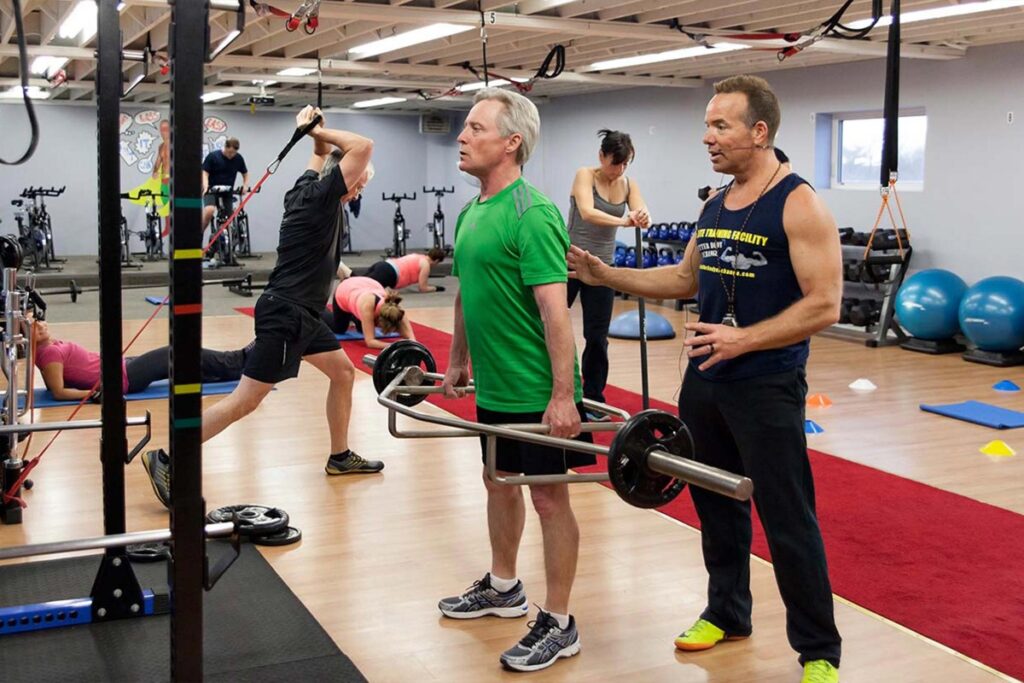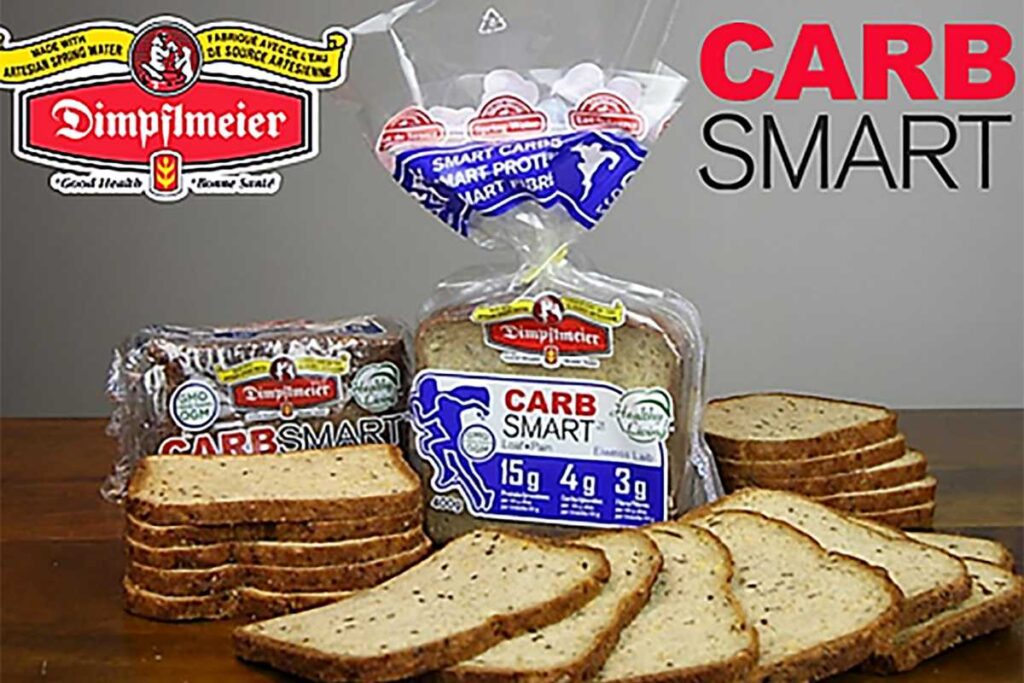Well, if we’re talking spare tires, muffin tops, or that last bit of pooch covering your six-pack, then you’re S.O.L. That sort of chub (i.e., the kind you can see and pinch) is called “subcutaneous” fat, and you can’t “spot-reduce” problem areas. Instead, you need keep exercising hard and eating right to reduce overall body fat. Your genetics will determine how and at what speed the weight comes off, but rest assured that your belly will eventually shrink to more shapely (and firmer) dimensions.
You can’t spot reduce subcutaneous fat, so if you have a problem area, you have no choice but to burn fat all over until your genes decide to focus on that area. Also keep in mind that subcutaneous fat is found between skin and muscle. Sometimes, especially if you’re new to exercise, your muscles will firm up, pushing this fat out and creating the illusion that you’re gaining more fat. If this happens, just be patient—the illusion will eventually vanish.
Now, if you’re “apple shaped” or if you’re sporting a big ol’ beer belly, that’s likely a different kind of flab called “visceral” fat. Research shows that it is, in fact, targetable (but unfortunately not how you’re hoping). It’s not about doing crunches and planks, the only way to target this fat is to make a lifestyle change. Your best strategy for reducing it is to work out hard, stress less, sleep more, and make cleaner food choices. Visceral fat is much more harmful and dangerous than the subcutaneous variety. Residing deep within your torso, visceral fat wraps itself around your heart, liver, and other major organs, and secretes chemicals that fuel inflammation. Unlike subcutaneous fat, you can’t pinch it unless you get all medieval on yourself. Some people call it “deep belly fat” and it’s been linked to all kinds of issues including insulin resistance and cardiovascular issues.
Belly fat has a serious impact on long-term health. Even a small amount of belly fat can contribute to a variety of health problems. It produces excess hormones and chemicals that affect almost every organ. Too much abdominal fat can cause the body to store fat in other places in the body, including around the heart.
Belly fat has been linked to:
weakened bones
high blood pressure
higher mortality rate
inflammation
cardiovascular and metabolic disease
heart attack
stroke
certain types of cancer
gallbladder surgery in women
type 2 diabetes
A little visceral fat is normal. We tend to accumulate more of it later in life thanks to a dated bit of evolution that assumes we have less muscle as we age, causing fat to build up to protect our internal organs. The problems start piling up when you have too much of it. The most precise way to measure visceral fat is through an MRI or CT scan, but your waist circumference can also give you an indication of how bad (or good) the situation is. Red flag numbers are more than 35 inches for ladies and more than 40 inches for the guys.
What You Can Do
The obvious answer is to stop eating so much junk and to get some exercise, for Pete’s sake!
Beyond that, visceral fat can be targeted through a handful of basic lifestyle tweaks.
1 – Sleep Longer
One 6-year study on 293 adults ranging in age from 18 on 65 showed that when people increased their sleep from less than 6 hours a night to between 7 or 8 hours, they experienced a significant drop in visceral fat.
2 – Exercise Harder
A study on middle-aged obese women with metabolic syndrome showed that high-intensity exercise did a better job of banishing visceral fat than low-intensity exercise or no exercise at all. Shocker!! The women also experienced a reduction in abdominal subcutaneous fat. Amazing!

3 – Eat More Soluble Fiber
A five-year study on minorities ranging in age from 18 to 81 showed that if you add soluble fiber to your diet, and combine it with exercise, you can accelerate visceral fat loss. You’ll find soluble fiber in oat bran, barley, nuts, seeds, beans, lentils, peas, and some fruits and vegetables, including apples, pears, and Brussels sprouts. However I recommend sticking to the green vegetable options, or better yet Benefibre supplement, to help reduce caloric intake.

4 – Lean Towards Unsaturated Fats
Researchers in Sweden fed 39 young men 750 extra calories daily for seven weeks. (They were fed muffins—really big ones, apparently.) The group fed muffins with saturated fat in the form of palm oil gained more visceral fat (as well as subcutaneous fat and liver fat) than the group fed muffins with polyunsaturated fat in the form of sunflower oil. Given that there are many types of both saturated and unsaturated fat, it’s unfair to categorically condemn saturated fat, but it’s still worth considering. Regardless, no good has ever come from adding a giant muffin to your daily meal plan—so don’t do that!!!
5 – Stop Stressing So Much.
Stress triggers the production of cortisol, which increases visceral fat. The link is that simple. A little stress, like the kind your body experiences working out, is fine, but chronic stress can be problematic. Studies on both humans and monkeys confirm this. Now I get that telling someone to stop stressing is a little like telling someone to “be funny” or “don’t look at the giant mole on my forehead” (i.e., it’s easier said than done), but de-stressing your life is possible. You just need to be patient. Look into things like meditation or yoga, or just take a couple of minutes each day to stop and breathe deeply. How about adding massage therapy to your health care routine? You’ll be thinner—and saner—in no time. Exercise has been shown to also reduce stress, so bonus, not only are you getting healthier by burning the calories, you are also reducing your stress levels.
No matter how you look at it, reducing belly fat will have a positive effect on your overall health. Take it easy and aim for gradual weight loss instead of giant drops.
Remember that you didn’t gain the weight overnight, so it will take time to lose it. Don’t get discouraged. The most important thing is to adopt a healthy lifestyle and stay consistent. Set attainable goals to keep you motivated.

